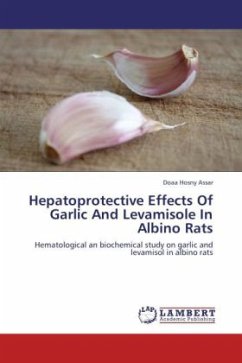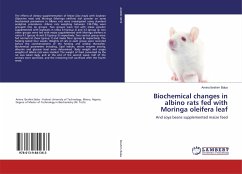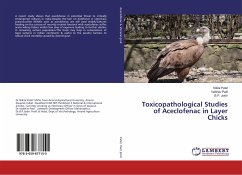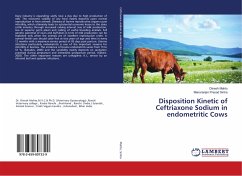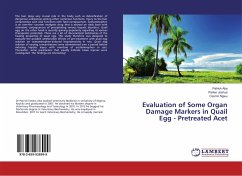The hepatotoxic effect and biochemical alterations induced by ceftriaxone were investigated in rats following repeated intramuscular injections of 180 and 360 mg/kg b.wt. daily for five consecutive days. Ceftriaxone produced significant increase in serum concentrations of liver enzymes (AST and ALT), total bilirubin, cholesterol, Tg and LDL-cholesterol. Ceftriaxone also caused significant decrease in albumin and HDL-cholesterol. Ceftriaxone injection in the tested doses caused histopathological changes in liver. The severity of these changes was dose dependant. In conclusion, the hepatic functions should be monitored and/or the dose should be adjusted during ceftriaxone therapy.The liver is sometimes referred to as the great chemical factory of the body, because the body depends on the liver to regulate, synthesize, store and secrete many important proteins, nutrients, chemical and to purify and clear toxin or unneeded substance from the body. Liver is considered to be the centerof metabolic transformation of drugs and other toxins entering from the gastrointestinal tract as such the normal or healthy functioning of the liver determines the health status of an individual.
Bitte wählen Sie Ihr Anliegen aus.
Rechnungen
Retourenschein anfordern
Bestellstatus
Storno


